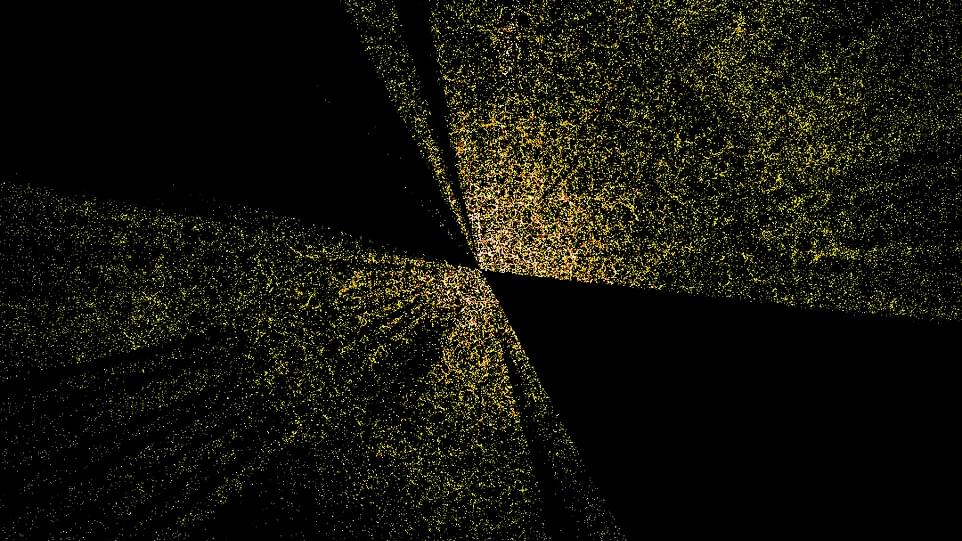Executives are missing out on a crucial pathway to smarter and more efficient decision-making with explainable machine learning.


Executives are missing out on a crucial pathway to smarter and more efficient decision-making with explainable machine learning.
Ivan Miranda is back with a compact 3D-printed, metal-cutting CNC mill.
Study of 116 research papers finds significant daytime heating.

After making history with the world’s first pizza delivery by drone from a New Zealand store in 2016, Domino’s is once again exploring the viability of commercial drone delivery on the island country in Oceania.
But what have these companies been up to since their 2016 landmark achievement?
A new video I posted on Population Collapse.
Are we facing a Population collapse?
Can the decline in fertility rate lead to extinction?
Since the 1970s’ many books and movies warned the public the one of the biggest issue our planet face is overpopulation. (#Soylent Green)
But in recent years humanity faced a sharp decline in fertility rate that may change the trajectory of human population growth in the future, and may lead to a population collapse. (Children of Men)

The map will help scientists measure the expansion of the universe, shine a light on dark energy, and predict the fate of the cosmos.

He’s backing a new biotech company working on “cellular rejuvenation programming.”
It sure looks like Jeff Bezos has plans to cheat death.
The founder and former CEO of Amazon has reportedly made an investment in the freshly launched Altos Labs, a biotech startup focused on “cellular rejuvenation programming to restore cell health and resilience, with the goal of reversing disease to transform medicine,” according to a January 19 press release. With $3 billion in backing on day one, Altos Labs has hit the ground running with what may be the single largest funding round for a biotech company, according to the Financial Times of London.
Altos Labs has an impressive roster of executives that includes experts formerly of GlaxoSmithKline, a health care company in the United Kingdom that primarily develops pharmaceuticals and vaccines; Genentech, a San Francisco-based biotech firm that created the first targeted antibody for cancer; and the National Cancer Institute. The quest to cheat death is as old as life itself, but this is an especially pedigreed bunch to take on the challenge.

Researchers from Osaka University and Osaka City University synthesize and crystallize a molecule that is otherwise too unstable to fully study in the laboratory, and is a model of a revolutionary class of magnets.
Since the first reported production in 2004, researchers have been hard at work using graphene and similar carbon-based materials to revolutionize electronics, sports, and many other disciplines. Now, researchers from Japan have made a discovery that will advance the long-elusive field of nanographene magnets.
In a study recently published in Journal of the American Chemical Society, researchers from Osaka University and collaborating partners have synthesized a crystalline nanographene with magnetic properties that have been predicted theoretically since the 1950s, but until now have been unconfirmed experimentally except at extremely low temperatures.
Xenotransplantation To Save And Extend Lives — Dr. David K.C. Cooper, MD, PhD, Massachusetts General Hospital, Harvard Medical School
Dr. David K. C. Cooper, MA, PhD, MD, MS, DSc (Med), FRCS, FACS, FACC, FAST, (https://researchers.mgh.harvard.edu/profile/27073950/David-Cooper) is a pioneering heart transplant surgeon and researcher in the field of xenotransplantation, which is defined as any procedure that involves the transplantation, implantation or infusion into a human recipient of live cells, tissues, or organs from a nonhuman animal source.
Dr. Cooper studied medicine in the UK at Guy’s Hospital Medical School (now part of King’s College London), and trained in general and cardiothoracic surgery in Cambridge and London.
Between 1972 and 1980, Dr. Cooper was a Fellow and Director of Studies in Medical Sciences at Magdalene College, Cambridge. In 1980 he took up an appointment in cardiac surgery at the University of Cape Town where, under Professor Christiaan Barnard, he had responsibility for patients undergoing heart transplantation.
In 1987, Dr. Cooper relocated to the Oklahoma Transplantation Institute in the USA where he continued to work in both the clinical and research fields.